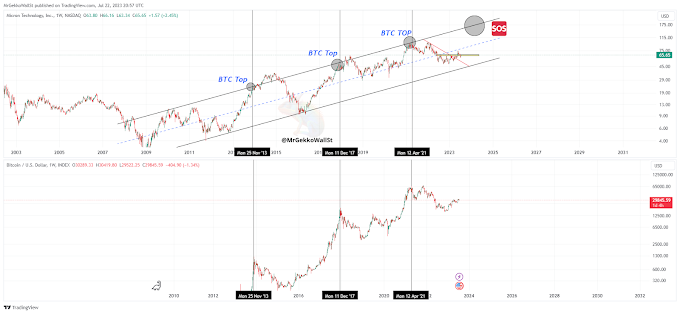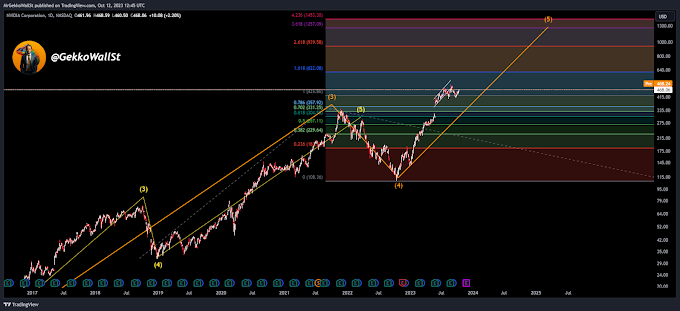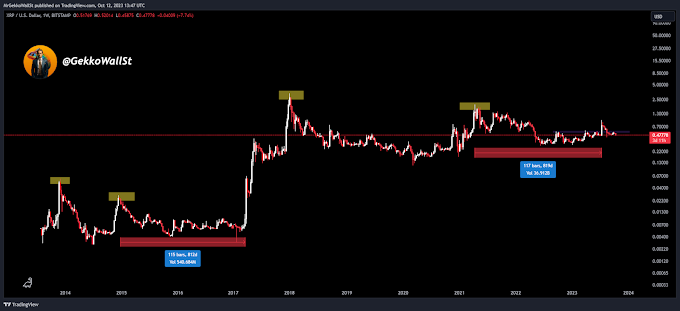There are different types of stablecoins, each with its own mechanism for maintaining stability:
1. Backed Stablecoins: These stablecoins are backed by a reserve of tangible assets, such as fiat currencies, commodities (like gold), or other financial assets. An example is Tether (USDT), which claims to be backed 1:1 by US dollars.
2. Algorithmic Stablecoins: These stablecoins use algorithms and automated mechanisms to control supply and demand to maintain a stable price. The algorithm can increase or decrease the token supply based on price fluctuations. DAI, developed by MakerDAO, is an example of an algorithmic stablecoin.
3. Hybrid Stablecoins: Some stablecoins combine elements of backing and algorithms to maintain price stability. For instance, they might have an asset reserve while also applying algorithmic rules to adjust supply as needed.
Stablecoins have various practical applications, including:
• Value Transfers: They're used to move money quickly between countries and individuals without the delays and fees associated with traditional financial systems.
• Cryptocurrency Trading: They provide a more stable way to trade and store value, allowing traders to minimize exposure to the volatility of conventional cryptocurrencies.
• Smart Contracts and DeFi: They're often used as units of account in decentralized finance (DeFi) applications and smart contracts, where stability is crucial for protocol operation.
• Protection Against Volatility: They enable users to shield their funds from cryptocurrency market volatility without having to convert back to fiat currency.
It's important to note that while stablecoins aim to maintain price stability, not all are guaranteed to be completely free from volatility, especially in extreme market situations.






